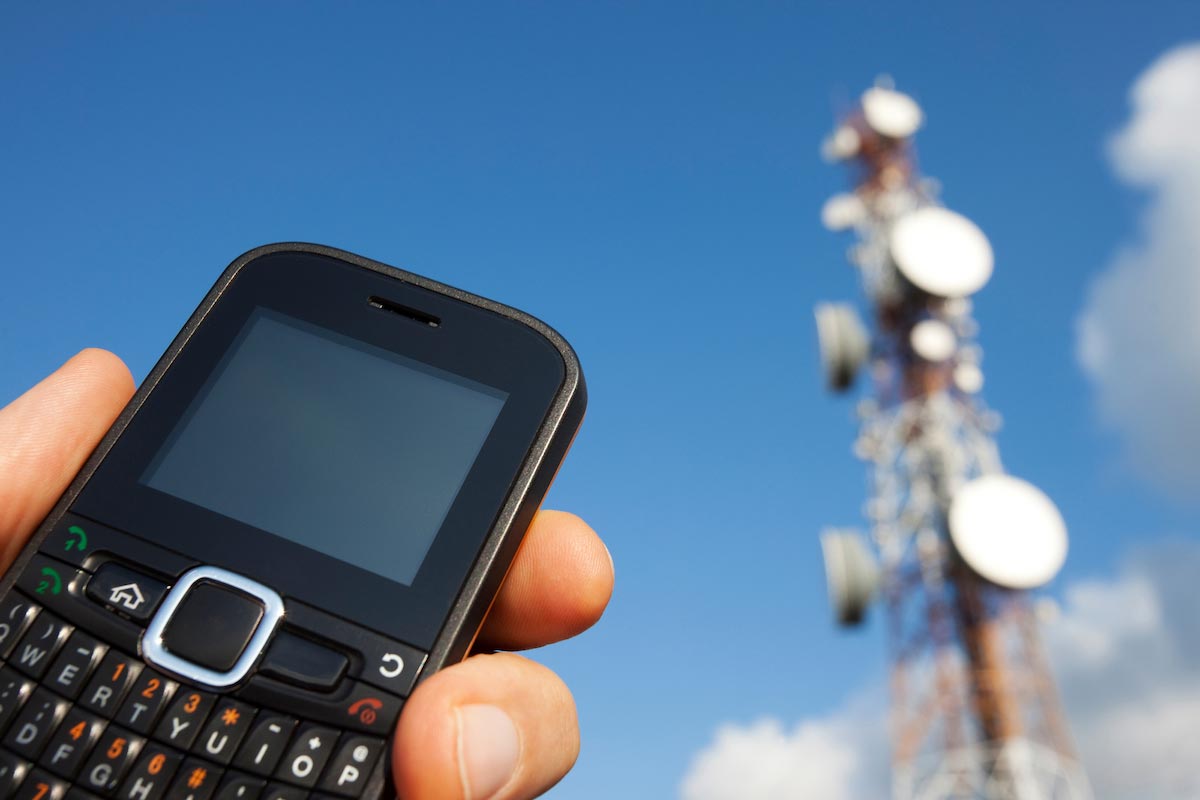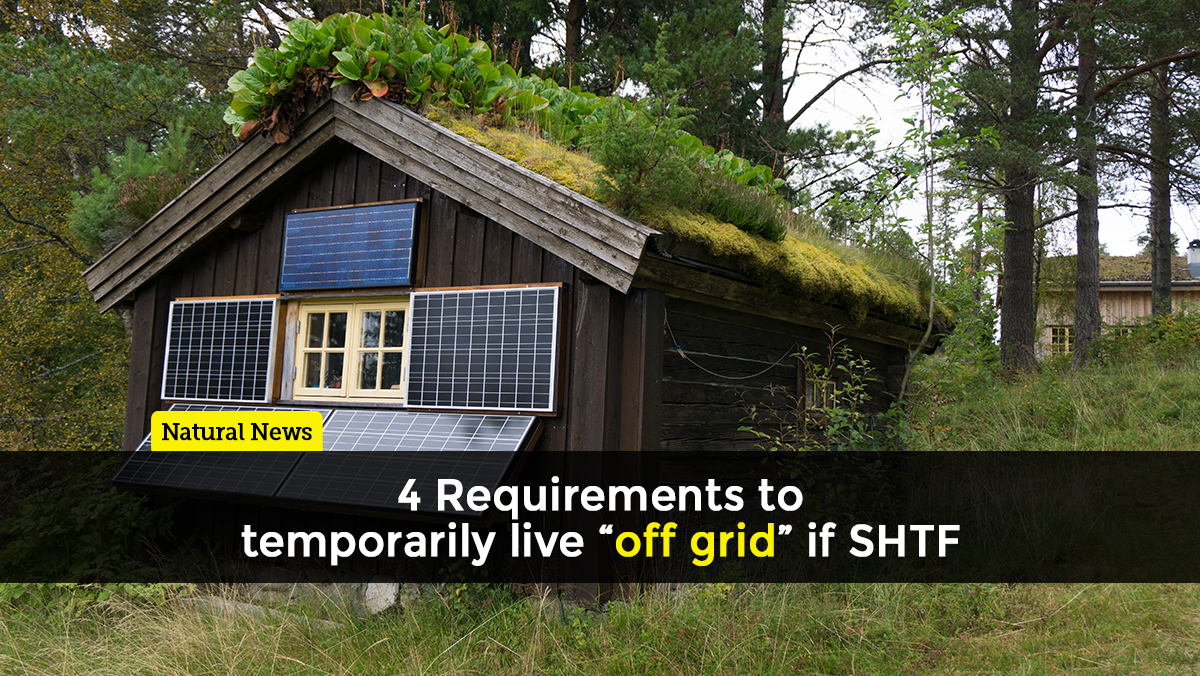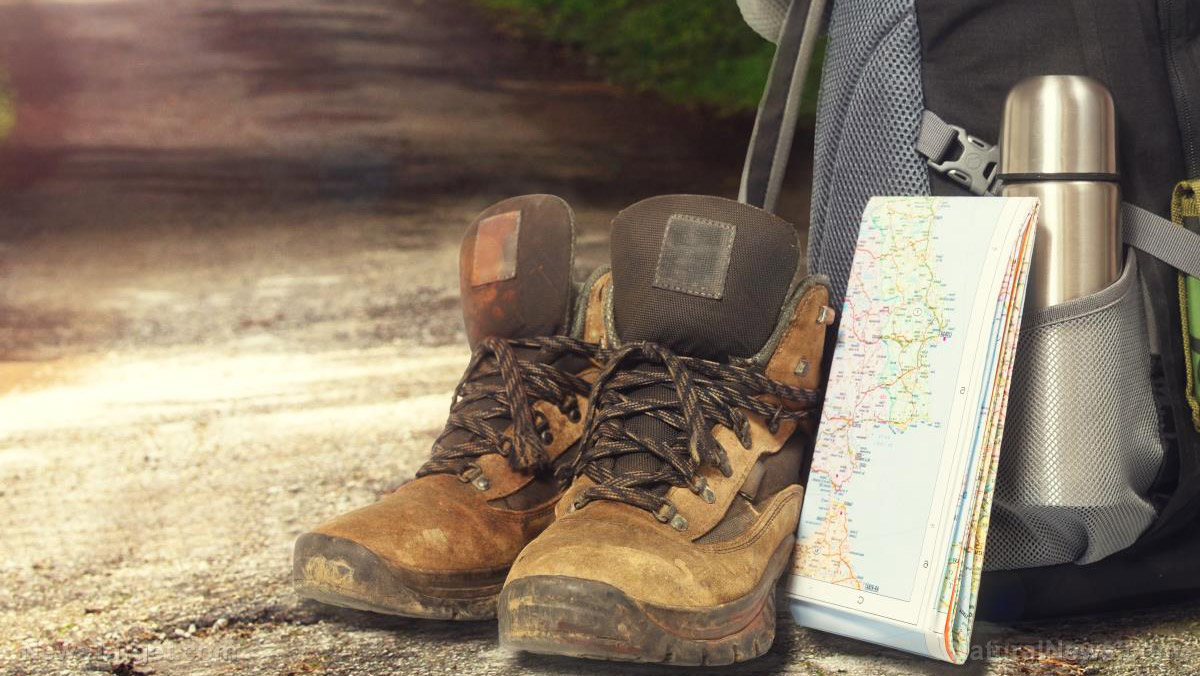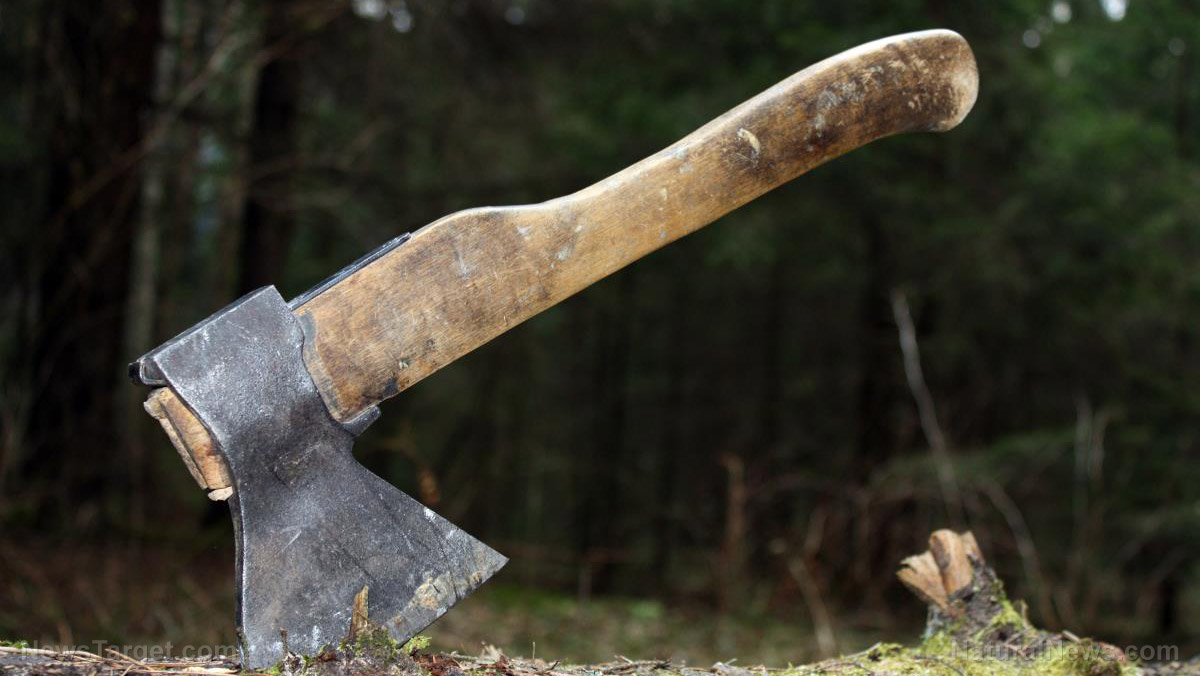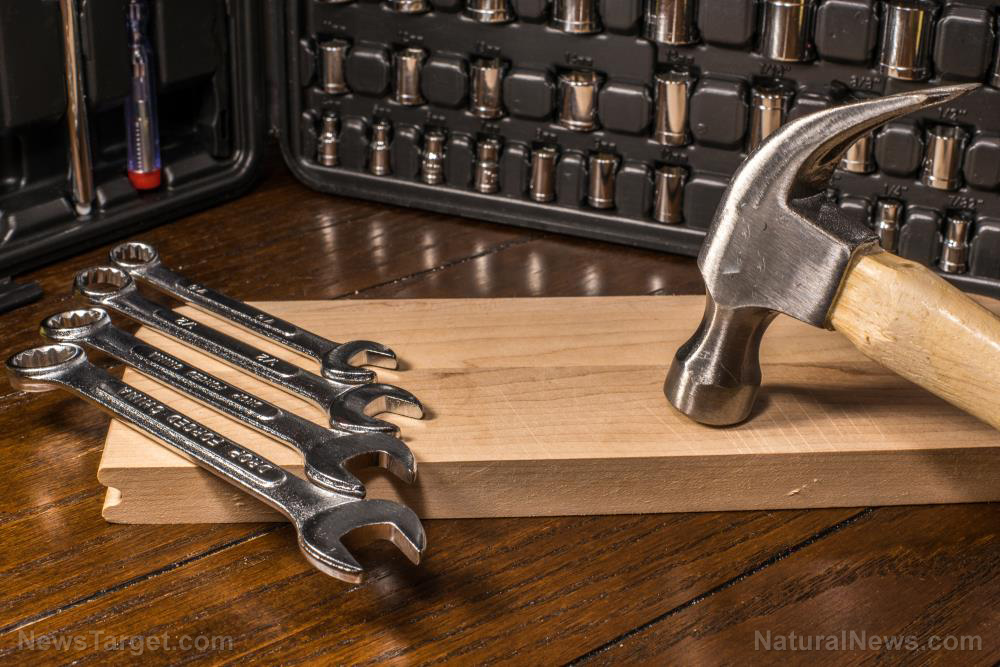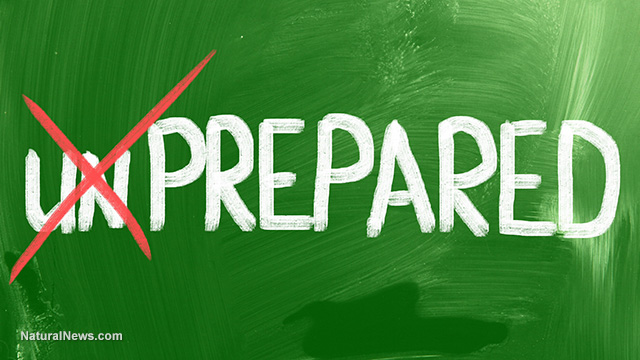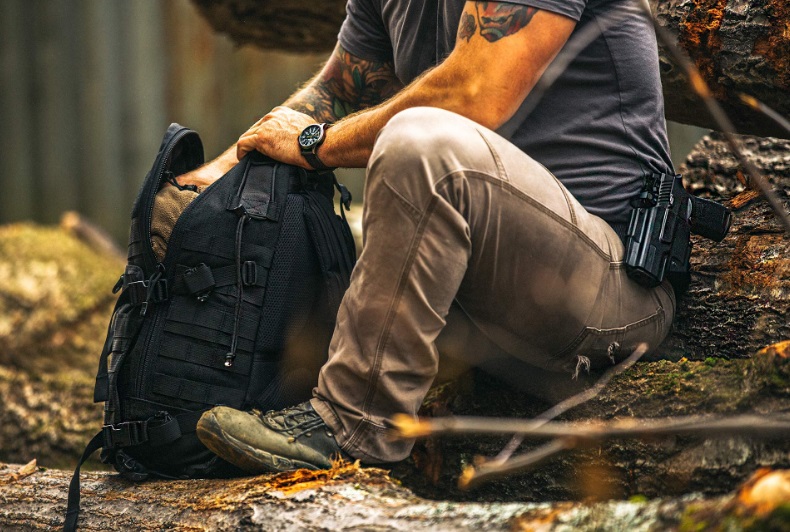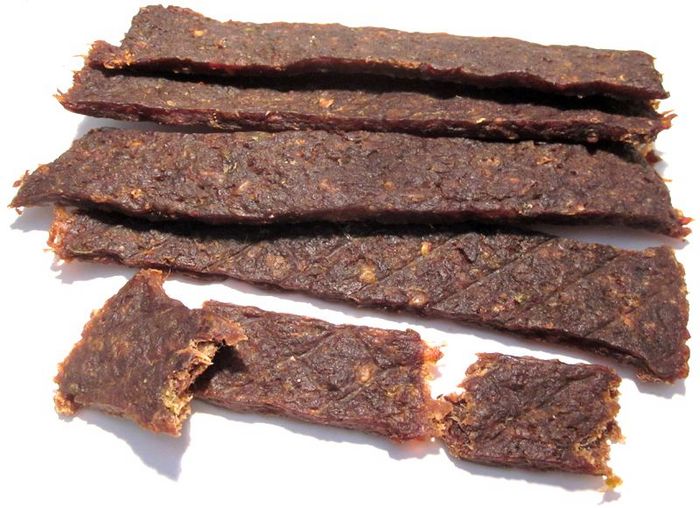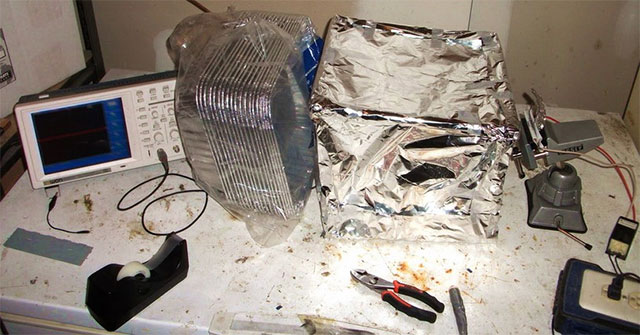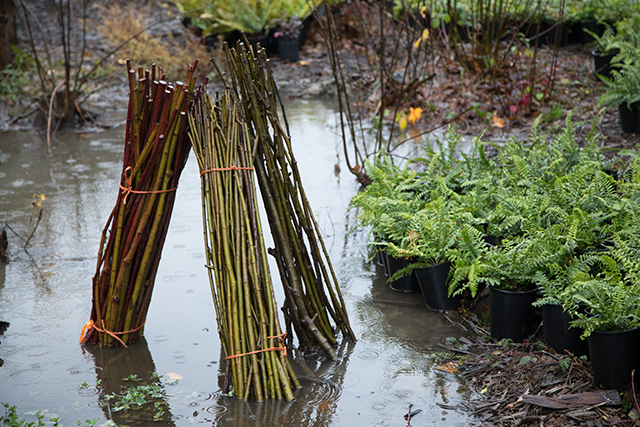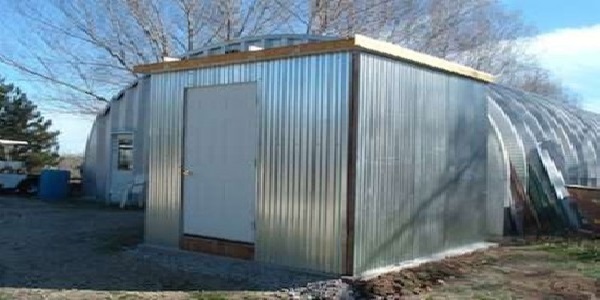How to make your own earthquake survival kit
07/25/2018 / By Earl Garcia

Data from the United States Geological Survey (USGS) reveals that more than 1,400 magnitude 5 to 5.9 earthquakes were recorded worldwide in 2015 alone, causing around 9, 624 deaths.
With these numbers in mind, knowing how to make an earthquake survival kit is essential. An article from the online survival guide GraywolfSurvival.com has listed a few tips on how to do so.
Pro tips in making an earthquake survival kit
There is no “one size fits all” approach in making an earthquake survival kit. That being said, being prepared for every eventuality does not hurt. Take note of these pointers in making your own earthquake survival kit:
1. Choose a good bag — This is is essential. It should be plain, tough, and waterproof. The article recommends either a duffel bag or a backpack.
2. Mind the electronics — Consider including the following items in your kit: flashlights, phone-charging equipment, and a handheld ham radio.
Flashlights are a necessary commodity especially during disasters, so keep one at all times. Power is one of the first things to go out during large-scale events such as earthquakes. Having said so, it is necessary to always include equipment that will enable you to charge your phone. Keeping a small USB AC adapter might prove beneficial. Another power essential would be a small jumper box. Unlike before, today’s jumper box weigh only about a pound or less, so carrying one won’t hurt your back. These jumper boxes contain 16,000 mAh battery. A small solar panel and AA battery charger are also good to keep. Handheld ham radios are also the best communications solution. These radios not only enable you to communicate with others, but allow you to tune in to emergency and weather channels.
3. Clothing items — Your earthquake survival kit should at least carry a pair or non-cotton pants, a neck gaiter, and a pair of heavy duty gloves. It would also be a good idea to keep a poncho and a hat handy to help keep you warm.
4. Food and water — Include a few bottles of water in your earthquake survival kit. Earthquakes can taint water supply, so carrying a water filter would also be a good idea. The article also recommends including survival foods such as dehydrated food and trail mix. If possible, it is recommended to pack a compact stove in the survival kit.
5. Basic survival items — This should be a no-brainer. Basic survival items are the heart of any emergency preparedness kit. A good fire starter is easily the most important basic survival item you should carry. A good knife is also an important basic tool as it gives users flexibility in a wide range of activities such as fishing, trapping, protecting, and building shelter. If you can, try packing an emergency whistle and blanket as well.
Sources include:
Tagged Under: disaster preparedness, earthquake, earthquake kit, emergency situations, off grid, prepping, survival, Survival Tips

